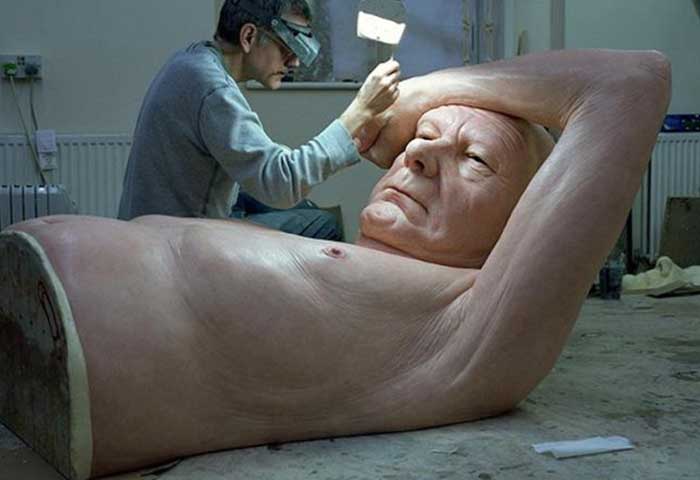[ad_1]
Acrylic paints are very versatile. They can be used to create effects of water colors, oil, and represent their own qualities. All three of these techniques may be combined into one painting if you choose to do so. Enjoy these tints as they represent a world of realism, abstract, fantasy, and much more on any chosen surface.
Prime and Layer Work Surface:
Prepare surface (paper, canvas, glass, wood, cloth, plastic, clay, etc.) with the appropriate primer to receive acrylic paints. Layer colors of acrylic paint as outlined in your sketch. Continue layering paint until satisfying texture and depth.
Layering can be done horizontally, vertically, or overall. Utilize different tools of application. Brushes are commonly used. Experiment with other objects such as wooden or plastic spoons, knives and spatulas, and sponges and cloth to create flat, fluffy, or ridged surfaces.
Layering and Sketching:
Layering paints on the work surface is very important as it will add more dimensional and richer texture to your painting. Make any necessary adjustments or surface preparation of the working surface. Then choose to pencil, pen, or paint a sketch.
My personal preference for sketching is a combination of both pencil and paint. Use a very light pencil because depending on the chosen pigment it may require many layers of application to hide pencil marks.
Benefits of a painted background:
- It is a guideline for foundation colors, depth, texture, and richness of the finished work.
- Prevents white paper or canvas peek-a-boos leaking through the work.
- Painting the background sets the bonding agents of the foundation and the paints to adhere tightly together and prevent tint fade outs or chipping paint.
- It is very difficult to paint the background after the details have been completed. There will always be an outline of bare paper or canvas showing around the details. The details will appear to recede into the background rather than being displayed in their natural order. Always paint starting with the background and work forward.
- It presents a refined and finished work of art.
Layering and Blending:
- Layering is the application of paint on paint to help acquire texture, depth and rich deep colors.
- Blending is combining colors by overlapping.
Two techniques for blending is misting the surface or wet on wet application.
Blending and layering are two of many techniques for which these paints may be utilized. Many other approaches may be taken with these pigments to create masterpieces.
[ad_2]
Source

